In the beginning there was Tesla, now there are more EV sector players than minors at a Matt Gaetz garden party. This has led to a bevy of complicated and confused market offerings. Who’s legit and who’s blowing smoke? Let’s round up this nascent sector and see just what’s going on:
 Arcimoto (FUV.Q) is the definition of fun little EV with its trike design and fighter plane seating. If you only need a hundred city miles a day and a trunk the size of a bag of groceries, this ride is for you. The company pounded out 74 vehicles in Q2 with a goal of 425 FUVs by the end of 2021 but is expanding operations with the recent acquisition of a 200,000 square foot facility that they plan to have up and running by the end of the year. It also partnered with Graduate Hotels, a boutique hotel chain that services post secondary markets across the US and UK, to make its vehicles available for rent at the Graduate Eugene in Oregon. Even with its push toward sales, rentals and the rideshare market, the fourteen-year-old manufacturer still hasn’t made a profit and with its immediate plans for growth, may not for a while. To its credit, Arcimoto carries $38.5 million in cash and cash equivalents with only $3.9 million in debt, however with a $393 million market cap, it has a lot to live up to.
Arcimoto (FUV.Q) is the definition of fun little EV with its trike design and fighter plane seating. If you only need a hundred city miles a day and a trunk the size of a bag of groceries, this ride is for you. The company pounded out 74 vehicles in Q2 with a goal of 425 FUVs by the end of 2021 but is expanding operations with the recent acquisition of a 200,000 square foot facility that they plan to have up and running by the end of the year. It also partnered with Graduate Hotels, a boutique hotel chain that services post secondary markets across the US and UK, to make its vehicles available for rent at the Graduate Eugene in Oregon. Even with its push toward sales, rentals and the rideshare market, the fourteen-year-old manufacturer still hasn’t made a profit and with its immediate plans for growth, may not for a while. To its credit, Arcimoto carries $38.5 million in cash and cash equivalents with only $3.9 million in debt, however with a $393 million market cap, it has a lot to live up to.
 EV startup, Canoo (GOEV.Q), has three models to choose from that look like set pieces in the movie Robocop. The Los Angeles-based company is pivoting from its original subscription model of ownership to focus on fleet sales, but strangely enough is still developing its truck and lifestyle vehicles. This seeming divergence doesn’t bode well, and its stock price has suffered because of it. The idea of creating a frame that different model bodies can be placed on extending the life/functionality/revenue for 2nd, 3rd and 4th owners has an appeal, but the company hasn’t explained the logistics of this. Considering that Canoo came to market in a SPAC in late 2020, there wasn’t a requirement for substance on behalf of the company, just greed on behalf of the SPAC investors. Will Canoo become something real? At a $1.46 Billion USD market cap and no manufacturing, Canoo has a long and winding road ahead in the EV sector before it can even start generating value.
EV startup, Canoo (GOEV.Q), has three models to choose from that look like set pieces in the movie Robocop. The Los Angeles-based company is pivoting from its original subscription model of ownership to focus on fleet sales, but strangely enough is still developing its truck and lifestyle vehicles. This seeming divergence doesn’t bode well, and its stock price has suffered because of it. The idea of creating a frame that different model bodies can be placed on extending the life/functionality/revenue for 2nd, 3rd and 4th owners has an appeal, but the company hasn’t explained the logistics of this. Considering that Canoo came to market in a SPAC in late 2020, there wasn’t a requirement for substance on behalf of the company, just greed on behalf of the SPAC investors. Will Canoo become something real? At a $1.46 Billion USD market cap and no manufacturing, Canoo has a long and winding road ahead in the EV sector before it can even start generating value.
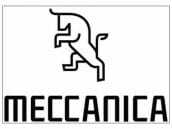
ElectraMeccanica (SOLO.Q) is a Canadian entrant in the EV revolution. Like Arcimoto, EM’s flagship model, SOLO, is a three-wheeled wonder starting at $18,500. With the same mileage as Arcimoto, a trunk little bigger than a yoga mat and no back seat, no one will be packing their family in this, but it could be an economical commuter vehicle for someone who doesn’t mind being alone. In fact, the company recently showcased it’s SOLO EV during U.S. Secretary of Energy Jennifer Granholm’s Michigan manufacturing tour. EM also has two other models that weigh much heavier on the pocketbook, with its Roadster and Tofino. The Roadster is Porsche nostalgia with an electric drivetrain, while the Tofino looks like it’s straight out of Tron. The Roadster goes for more than $100,000 and the Tofino, yet to hit production, will probably sell for way more. ElectraMeccanica’s market cap comes in at $384.34 million USD and with its last quarterly earnings (May 2021) reporting $180,000 in revenue, there is a definite disparity between actual performance and market speculation.
 Fisker’s (FSR) relatively normal looking Ocean SUV has yet to hit the showroom, but its recent deal with Magna International promises a debut at the Los Angeles Auto Show in November. The EV manufacturer has a market cap of $4.21 billion and recently raised $625 million with convertible debentures that pay 2.5% per annum and mature in 2026. Before the debenture raise, the company had no debt and $962 million in cash which, considering its yearly cash burn of $160 billion, gave it enough runway to last until 2027. The extra push culminates in a decade of breathing room for Fisker. With only one model and imminent dilution, investors are going to have a hard ride for at least the immediate future. However, management’s frugal spending puts Fisker in a good position in this nascent EV sector, even though profit is still a long way off.
Fisker’s (FSR) relatively normal looking Ocean SUV has yet to hit the showroom, but its recent deal with Magna International promises a debut at the Los Angeles Auto Show in November. The EV manufacturer has a market cap of $4.21 billion and recently raised $625 million with convertible debentures that pay 2.5% per annum and mature in 2026. Before the debenture raise, the company had no debt and $962 million in cash which, considering its yearly cash burn of $160 billion, gave it enough runway to last until 2027. The extra push culminates in a decade of breathing room for Fisker. With only one model and imminent dilution, investors are going to have a hard ride for at least the immediate future. However, management’s frugal spending puts Fisker in a good position in this nascent EV sector, even though profit is still a long way off.
 Green Motor Power Company (GPV.V) saw a 52-week slide from $43.63 CAD per share to $17.11 at market close Wednesday August 18. Rather than cater to the well-heeled environmentally sensitive auto buff, GMPC has turned to public transit, mini-buses, student transport and cargo rigs. GMPC delivered 74 units last fiscal year and according to company literature has 200 orders yet to be filled with universities, airports, transit authorities and van pooling organizations. The company recently announced partnering with WeDriveU, a shuttle transportation solution provider for companies, universities, commuters, and hospitals, to electrify its fleet with GPMC’s EV Star. The year ending in March 2021, saw $13,500,403 in revenue, a 122% increase over the year before, but GMPC still listed a net loss of $5,145,966. However, with a market cap of $340.17 million CAD, this is a positive story. The company has product, has sales, has deliveries and is building a sustainable client base that won’t be going anywhere.
Green Motor Power Company (GPV.V) saw a 52-week slide from $43.63 CAD per share to $17.11 at market close Wednesday August 18. Rather than cater to the well-heeled environmentally sensitive auto buff, GMPC has turned to public transit, mini-buses, student transport and cargo rigs. GMPC delivered 74 units last fiscal year and according to company literature has 200 orders yet to be filled with universities, airports, transit authorities and van pooling organizations. The company recently announced partnering with WeDriveU, a shuttle transportation solution provider for companies, universities, commuters, and hospitals, to electrify its fleet with GPMC’s EV Star. The year ending in March 2021, saw $13,500,403 in revenue, a 122% increase over the year before, but GMPC still listed a net loss of $5,145,966. However, with a market cap of $340.17 million CAD, this is a positive story. The company has product, has sales, has deliveries and is building a sustainable client base that won’t be going anywhere.
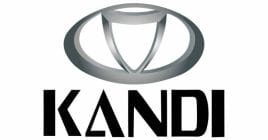 Kandi Technologies (KNDI.Q) crossed the ocean from its corporate home in Beijing to push hard into the American market with an affordable line of EVs for those not addicted to Starbucks and upscale Yoga. Averaging under $20,000 USD after tax credits, Kandi’s Model K23 is perfect for city travel, but you aren’t going far before plugging in as the car’s battery range tops out at 100 miles. The company recorded $29.87 million in revenue for Q2, up 53.71% from last year, and through a tidy disposal of long-lived assets, ended up with $40.93 million in net income. Kandi also reported $132 million in cash and cash equivalents with total liabilities of $57.70 million. To grow its cell business, the company recently acquired Jiangxi Province Huiyi New Energy, which produces some 90 million 18650 lithium-ion rechargeable cells annually. With a market cap of $348.43 million USD, this company has more power and less bravado than Tesla and may one day kick Elon’s ass, unless the meme troll continues to sway with his Twitter idiocy. Kandi currently trades at $4.59 a share and is another company in the EV sector worth a look.
Kandi Technologies (KNDI.Q) crossed the ocean from its corporate home in Beijing to push hard into the American market with an affordable line of EVs for those not addicted to Starbucks and upscale Yoga. Averaging under $20,000 USD after tax credits, Kandi’s Model K23 is perfect for city travel, but you aren’t going far before plugging in as the car’s battery range tops out at 100 miles. The company recorded $29.87 million in revenue for Q2, up 53.71% from last year, and through a tidy disposal of long-lived assets, ended up with $40.93 million in net income. Kandi also reported $132 million in cash and cash equivalents with total liabilities of $57.70 million. To grow its cell business, the company recently acquired Jiangxi Province Huiyi New Energy, which produces some 90 million 18650 lithium-ion rechargeable cells annually. With a market cap of $348.43 million USD, this company has more power and less bravado than Tesla and may one day kick Elon’s ass, unless the meme troll continues to sway with his Twitter idiocy. Kandi currently trades at $4.59 a share and is another company in the EV sector worth a look.
 Li Auto (LI.Q), another Chinese manufacturer, builds hybrid SUVs with a 800 km battery range utilizing a 40.5kWh battery pack and a 1.2-liter turbocharged engine attached to a 100kWh generator. The company’s vehicles range from approximately $21,000 to around $70,000. There were issues with the company’s US IPO as the accounting firm that brought the manufacturer to market stated Li Auto didn’t have the appropriate understanding of US GAAP. This might result in a material misstatement in their financial reports that could impact investors before the company is able to make a correction. If there were no misstatements, Li Auto reported $528.7 million in vehicles sales during Q1 2021 but still came short with a net loss of $54.9 million. However, the company had a stellar July when it delivered 8,589 Li One units, a monthly record. The current contentious relationship between American legislators and Chinese industry paints a picture of unknowns and even though Tesla’s Chinese operations are getting their asses handed to them by their Sino competition, the company’s future in the US EV sector is less than certain.
Li Auto (LI.Q), another Chinese manufacturer, builds hybrid SUVs with a 800 km battery range utilizing a 40.5kWh battery pack and a 1.2-liter turbocharged engine attached to a 100kWh generator. The company’s vehicles range from approximately $21,000 to around $70,000. There were issues with the company’s US IPO as the accounting firm that brought the manufacturer to market stated Li Auto didn’t have the appropriate understanding of US GAAP. This might result in a material misstatement in their financial reports that could impact investors before the company is able to make a correction. If there were no misstatements, Li Auto reported $528.7 million in vehicles sales during Q1 2021 but still came short with a net loss of $54.9 million. However, the company had a stellar July when it delivered 8,589 Li One units, a monthly record. The current contentious relationship between American legislators and Chinese industry paints a picture of unknowns and even though Tesla’s Chinese operations are getting their asses handed to them by their Sino competition, the company’s future in the US EV sector is less than certain.
 Lordstown Motors (RIDE.Q) is still lining up the production of its Endurance pick up which it hopes to start in September but production will be limited because vehicle validations and regulatory approvals are not expected until December/January. Lordstown’s latest quarterly financials obviously reported a net loss of $108 million compared to a loss of $8.0 million in the same period a year earlier. Recently both the CEO and CFO stepped down over the loose definition of what comprised a solid order for the company’s flagship vehicle. At first blush, Lordstown seems to be limping along, so it isn’t a surprise that after its latest annual general meeting, stock hit a 52-week low. You could argue to buy the dip, but with the way things have been going, it might be prudent to wait until there’s a clearer indication of better days ahead.
Lordstown Motors (RIDE.Q) is still lining up the production of its Endurance pick up which it hopes to start in September but production will be limited because vehicle validations and regulatory approvals are not expected until December/January. Lordstown’s latest quarterly financials obviously reported a net loss of $108 million compared to a loss of $8.0 million in the same period a year earlier. Recently both the CEO and CFO stepped down over the loose definition of what comprised a solid order for the company’s flagship vehicle. At first blush, Lordstown seems to be limping along, so it isn’t a surprise that after its latest annual general meeting, stock hit a 52-week low. You could argue to buy the dip, but with the way things have been going, it might be prudent to wait until there’s a clearer indication of better days ahead.
 Lucid Group (LCID.Q) is feeling the bite as the EV sector eases into a reality trough. The company initially dazzled investors with a luxury offering that out-performed Tesla in terms of range. Unfortunately, the company is still in luxury mode and has nothing to offer the average driver, but if you have the $77,000 to $125,000 to plunk down on your ride, this may be the one for you. The company’s manufacturing plant in Arizona is scheduled to begin production of Lucid’s Air series in H2 2021. Lucid’s next project is a swanky SUV, then as we draw closer to 2030, the company hopes to be producing vehicles that you and I can afford. Despite the air of elitism, this is a better deal than Tesla as the company executive have learned from Musk’s megalomaniacal approach to auto manufacturing. With a market cap of $35.14 billion USD, it still smacks of meme stock mania, but it’s a far cry from the insanity at Tesla. There may be a pop in share price when the company begins delivery and since there’s room to move, this could prove to be a good investment in the EV sector, but do your own due diligence!
Lucid Group (LCID.Q) is feeling the bite as the EV sector eases into a reality trough. The company initially dazzled investors with a luxury offering that out-performed Tesla in terms of range. Unfortunately, the company is still in luxury mode and has nothing to offer the average driver, but if you have the $77,000 to $125,000 to plunk down on your ride, this may be the one for you. The company’s manufacturing plant in Arizona is scheduled to begin production of Lucid’s Air series in H2 2021. Lucid’s next project is a swanky SUV, then as we draw closer to 2030, the company hopes to be producing vehicles that you and I can afford. Despite the air of elitism, this is a better deal than Tesla as the company executive have learned from Musk’s megalomaniacal approach to auto manufacturing. With a market cap of $35.14 billion USD, it still smacks of meme stock mania, but it’s a far cry from the insanity at Tesla. There may be a pop in share price when the company begins delivery and since there’s room to move, this could prove to be a good investment in the EV sector, but do your own due diligence!
 Nio (NIO), China’s equivalent to Lucid, has a range of EVs to choose from costing anywhere between ~$50,000 for its ET7 and $1.2 million for its hyper EV, the EP9. The company has opened itself to the European market and in time, it will have to come to America to truly turn a profit. However, Nio is stuck in the middle of China’s great tech crackdown and its shares are showing the stress. If the Chinese buyers are encouraged to shy away from status symbols, it could deal a major blow to Nio’s prospects before it has a chance to flourish elsewhere. The company pulled in $1.3 billion in revenue during Q2 2021 but still listed a loss of $90.9 million. Even though Nio managed to deliver 21,896 units in Q2 2021, a lot must settle before there is a light at the end of the tunnel.
Nio (NIO), China’s equivalent to Lucid, has a range of EVs to choose from costing anywhere between ~$50,000 for its ET7 and $1.2 million for its hyper EV, the EP9. The company has opened itself to the European market and in time, it will have to come to America to truly turn a profit. However, Nio is stuck in the middle of China’s great tech crackdown and its shares are showing the stress. If the Chinese buyers are encouraged to shy away from status symbols, it could deal a major blow to Nio’s prospects before it has a chance to flourish elsewhere. The company pulled in $1.3 billion in revenue during Q2 2021 but still listed a loss of $90.9 million. Even though Nio managed to deliver 21,896 units in Q2 2021, a lot must settle before there is a light at the end of the tunnel.
 Tesla (TSLA.Q) is a PR gong show with Musk announcing deliriously that the company intends to build a humanoid robot prototype by next year. Another stupid statement and compete misdirection from an executive well-used to talking out of his ass. Tesla is a car manufacturer and without its meme appeal, not a very good one. However, bilking the markets and his sycophantic customer base of billions of dollars, Elon has managed to moat his insanity so much in the EV sector that he can pivot to robotics, and nobody bats an eye. Tesla’s market cap is nothing less than offensive and its blatant disregard for safety, as illustrated by the most recent government investigation into it’s falsely labeled FSD, paints a picture of unfettered avarice that will decimate shareholders in the next 18 months. Despite the braying of Cathie Wood, Tesla is dead in the water and the market it defiled is heading for one helluva downturn. I wouldn’t invest in this epitome of immoderation if my life depended on it. You are free to do whatever you want, however. Yup, you guessed it, not a fan of Tesla.
Tesla (TSLA.Q) is a PR gong show with Musk announcing deliriously that the company intends to build a humanoid robot prototype by next year. Another stupid statement and compete misdirection from an executive well-used to talking out of his ass. Tesla is a car manufacturer and without its meme appeal, not a very good one. However, bilking the markets and his sycophantic customer base of billions of dollars, Elon has managed to moat his insanity so much in the EV sector that he can pivot to robotics, and nobody bats an eye. Tesla’s market cap is nothing less than offensive and its blatant disregard for safety, as illustrated by the most recent government investigation into it’s falsely labeled FSD, paints a picture of unfettered avarice that will decimate shareholders in the next 18 months. Despite the braying of Cathie Wood, Tesla is dead in the water and the market it defiled is heading for one helluva downturn. I wouldn’t invest in this epitome of immoderation if my life depended on it. You are free to do whatever you want, however. Yup, you guessed it, not a fan of Tesla.
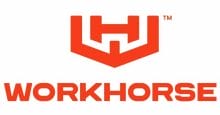 Workhorse Group (WKHS.Q), an EV manufacturer focused on delivery vans, delivery drones and telematics, hopes to provide the quintessential last mile delivery solution in the EV sector. The company shored up its prospects in May by signing with Coulomb Solutions to bring the production of its CATL battery systems from China to North America, thus avoiding any potential trade unpleasantries between the US government and the CCP. However, even with a 250,000 square foot plant in Union City, Indiana, the company generated $1.2 million in sales and still came home with a net loss of $43.62 million. It continues to plod forward though, entering a pilot program with the USDA’s Natural Resources Conservation Service to use its drone systems. Workhorse’s success is based the continued growth of online retail and with Amazon planning to do an about face and open department stores, the third-part delivery sector may take a hit. If, however, it can convince UPS and other big players, it is the EV of choice, it may stand a decent chance of making a buck. Still, this is a definite wait-and-see.
Workhorse Group (WKHS.Q), an EV manufacturer focused on delivery vans, delivery drones and telematics, hopes to provide the quintessential last mile delivery solution in the EV sector. The company shored up its prospects in May by signing with Coulomb Solutions to bring the production of its CATL battery systems from China to North America, thus avoiding any potential trade unpleasantries between the US government and the CCP. However, even with a 250,000 square foot plant in Union City, Indiana, the company generated $1.2 million in sales and still came home with a net loss of $43.62 million. It continues to plod forward though, entering a pilot program with the USDA’s Natural Resources Conservation Service to use its drone systems. Workhorse’s success is based the continued growth of online retail and with Amazon planning to do an about face and open department stores, the third-part delivery sector may take a hit. If, however, it can convince UPS and other big players, it is the EV of choice, it may stand a decent chance of making a buck. Still, this is a definite wait-and-see.
I will tackle major manufacturers like Ford (F), VW (VOW3.ETR) and GM (GM) in a future round up as they will readily provide the competition necessary to smack down Tesla’s market value even further, but this will get us started. Let me know if there’s anyone I missed and I will include them on the next run. If anything, this wrap up more than proves due diligence should guide your EV investment decision, not meme marketing and FOMO. The honeymoon is over and the whole EV sector is in a bit of spin as reality hits and economic/supply chain uncertainties continue. This is the future, no doubt, but how quickly and how many companies will perform up to their market cap, remains to be seen. Good luck to all and see you next time!



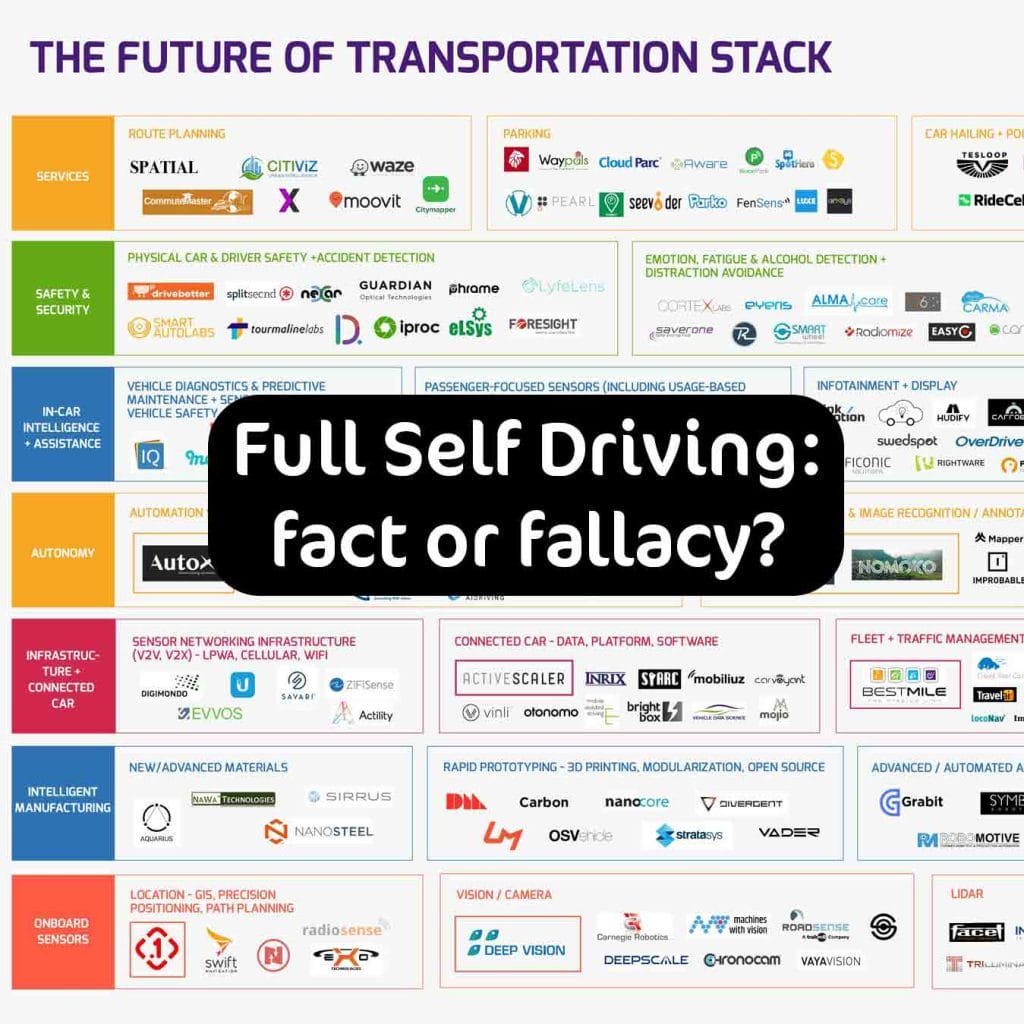

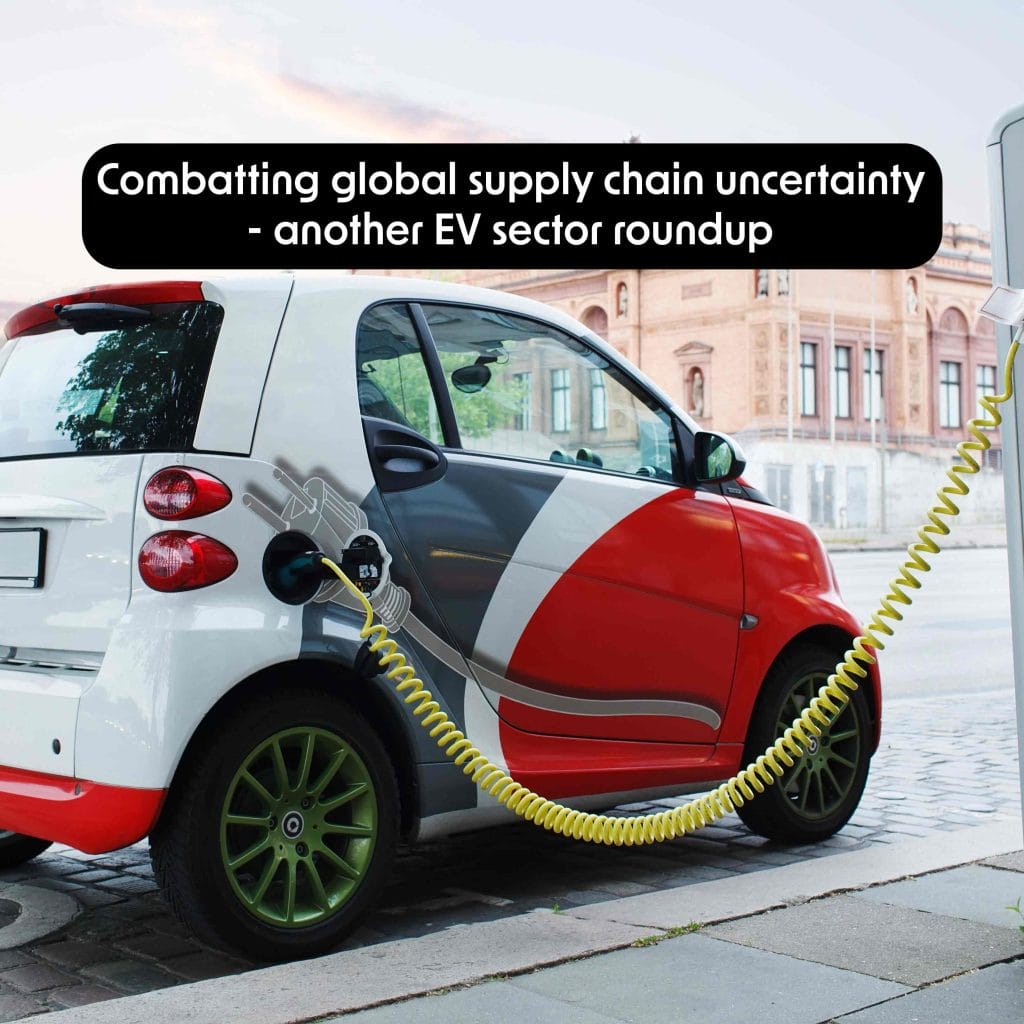

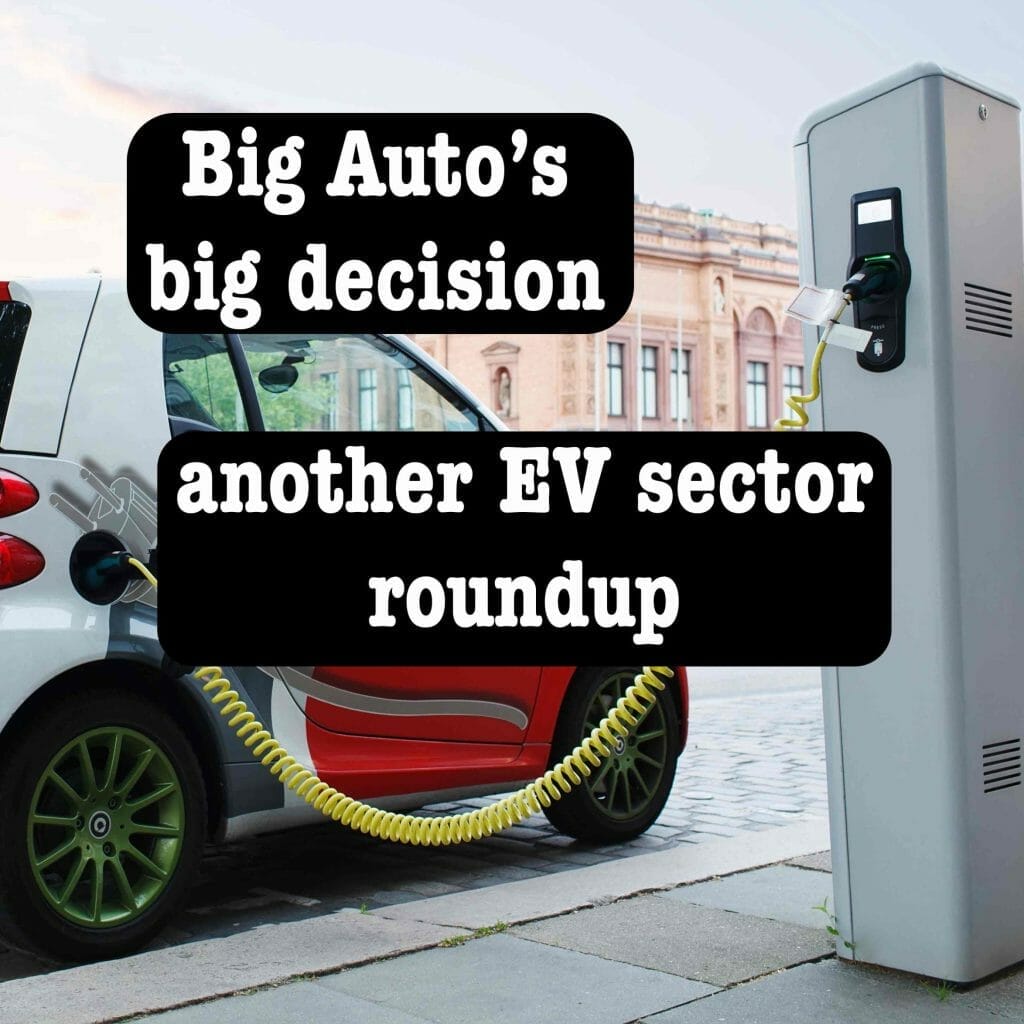
NIHK is launching is preorder website of EV’s any day now
You got it, will check that one out. Thanks for the tip!